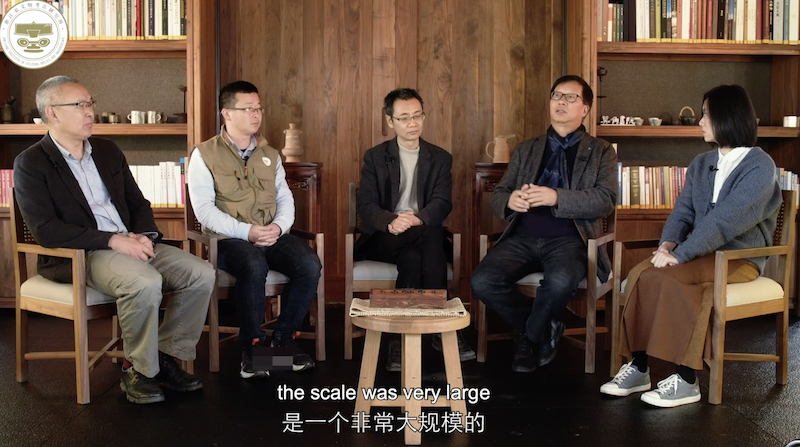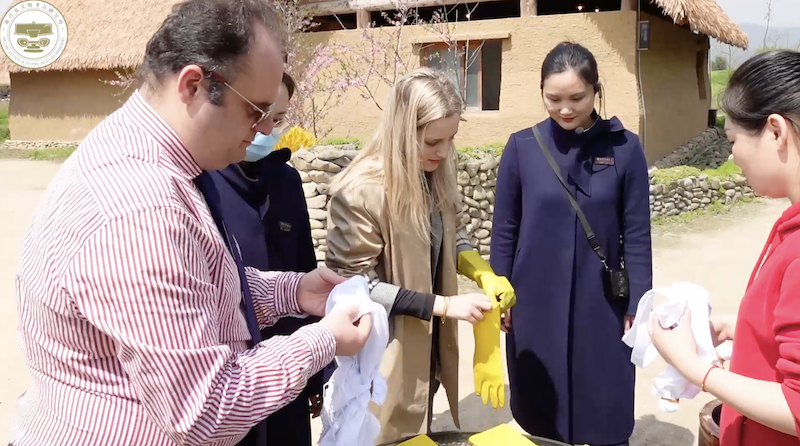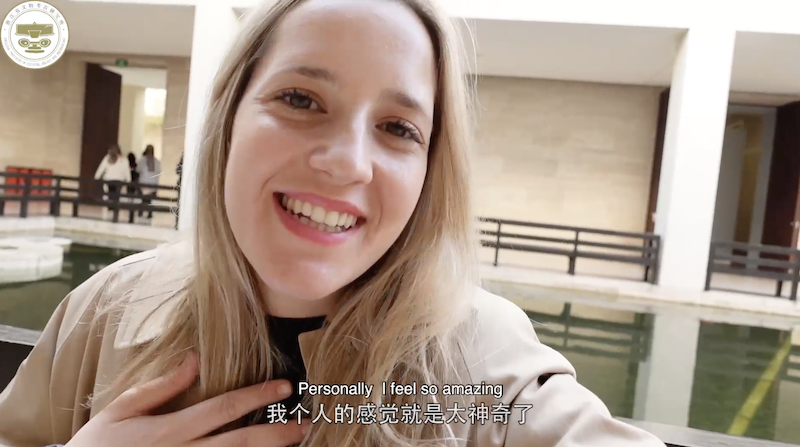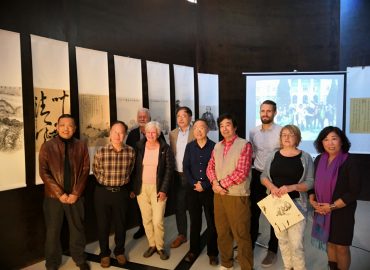Five thousand years ago was a great era that gave birth to many grand civilizations. Where was the Chinese civilization nurtured five thousand years ago? The lecture on Liangzhu and Chinese Civilization will be presented by front-line leading archaeologists, elaborating on the relationship between Liangzhu Civilization and Chinese Civilization, as well as the uniqueness of the East Asian Civilization that Liangzhu represents.
Ma Li, the author of Witness 5000 Years — A Record of Liangzhu Kingdom, will be invited to present us a vivid and solid Liangzhu from various perspectives by focusing on archaeological discoveries of Liangzhu Site, including city walls, rice planting, hydraulic system, jade and other factors of Liangzhu Civilization.
The Vlog explores Liangzhu Museum and the Liangzhu archaeological Site Park, take part in workshop activities through the eyes of foreigner visitors to explore different aspects of the rich spiritual connotation of liangzhu Civilization.
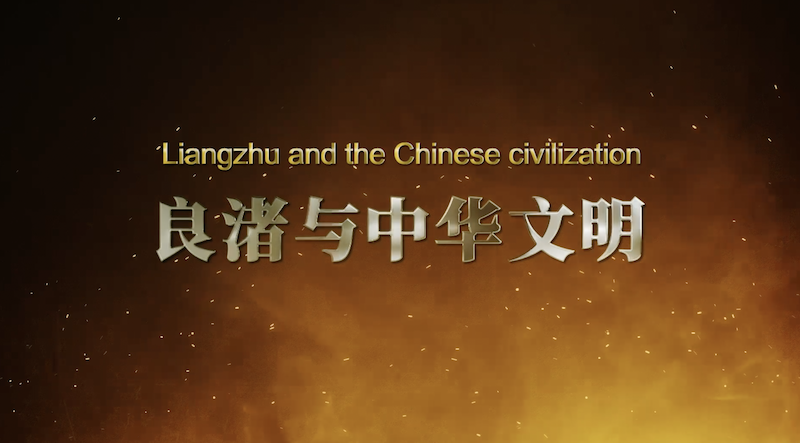
The Liangzhu Culture (3300-2300 BC) represents the peak of prehistoric cultures in the Taihu Lake region of the Lower Yangtze River. Covering at enormous area of around 36,500 km2, its core distributional area is situated between 30° and 32° North latitude, and 119°10″ and 121°55″ East longitude. This places it within the same latitudinal zone as the other contemporary ancient civilizations of the Old World.
The developmental trajectory of prehistoric archaeological ancient cultures around the Lake Tai region is relatively clear, thanks to the numerous archaeological excavations and research. Beginning in 5000 BC and lasting until 2000 BCE, this region witnessed the rise and fall of the Majiabang Culture, the Songze Culture, the Liangzhu Culture, the Qianshanyang Culture, and the Guangfuling Culture.
There are more than 600 Liangzhu Culture sites that have been found in the area surrounding the Lake Tai. Liangzhu City is the biggest one with earthen walls and complex structure, and can therefore be considered as the urban center of the Liangzhu Civilization. The Liangzhu City is located in the Yuhang District of Hangzhou City, Zhejiang Province, southeast China, seated in the northern part of a C-shaped basin measuring 1000 km2 in area. Towering over this basin are the Dazhe Mountain to the south and the Dahong Mountain to the north, while the west of the basin is bordered by a range of foothills. Benefiting from its fertile soils and rich natural resources, the basin provides very advantageous natural condition for the growth and expansion of the prehistoric city.
The core of the Liangzhu City is divided into three enclosures. In the center is the Mojiaoshan Palace area of 30 ha, surrounded by the inner walls and outer city walls, which enclose areas of 300 ha and 678 ha, respectively. The heights of the architecture on the artificial mounds gradually descend from the interior to the exterior of the city. Such topographic difference is likely indicative of the social status differences of its residents. In addition to this, we have discovered an enormous hydraulic system located to the north and west of the city, as well as an astronomical observatory and sacrificial altar at the Yaoshan site. The outskirts of the walled city also featured a vast suburban district. In total, these features occupied a vast area of around 100 km2.
All these sites were built atop artificial mounds and the construction of them must have required labor and resource demanding. According to our rough estimation, construction of the city and its waterways only would have required over the removal of over 10,050,000 m3 of earth. Such enormous scale of construction activities required the mobilization of a huge amount of human labor and probably took several decades years to complete.
Click the play button below to watch the lecture

